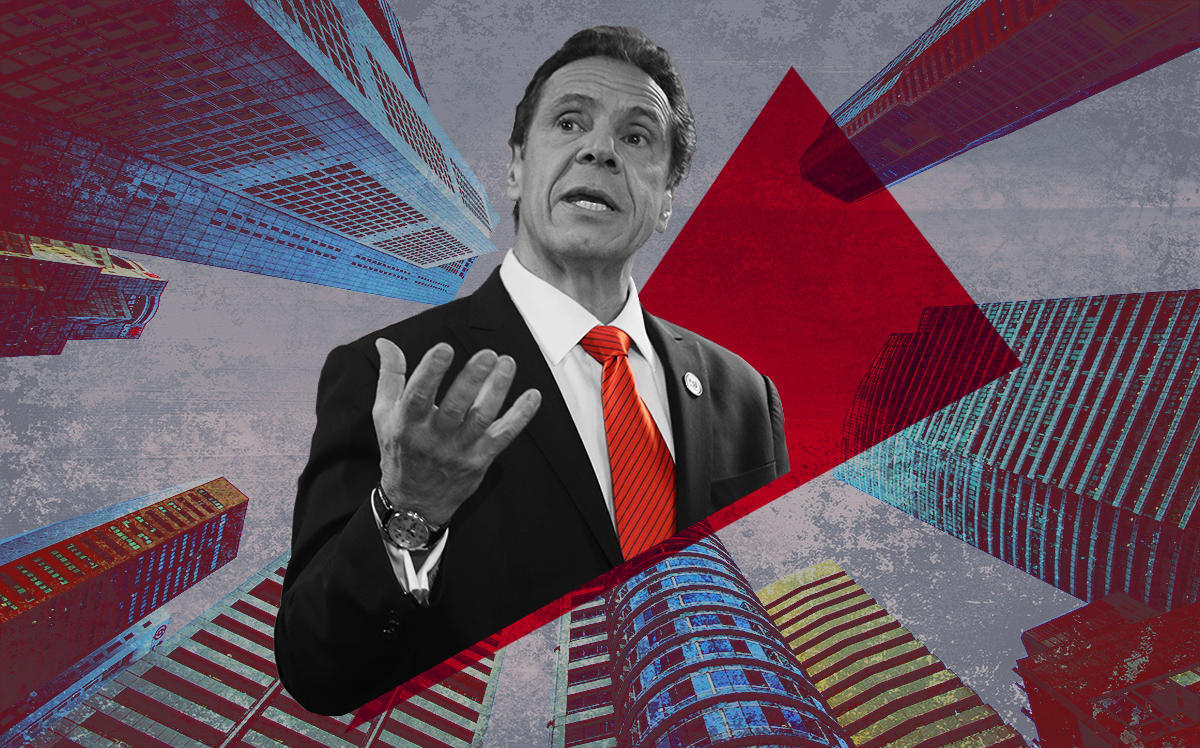Landlords were looking for clarity on eviction policy. Instead they are more confused than ever.
Their attorneys say Gov. Andrew Cuomo added to uncertainty with his May 7 executive order revising and extending the state’s ban on evictions and foreclosures for residential and commercial properties.
From June 21 through August 20, the ban only applies to certain tenants and appears to bolster landlords’ belief that they can continue sending notices demanding rent — a necessary step in the eviction process.
A spokesperson for the court system said guidance will be issued to clarify the order in the next few days but “no specifics are available yet.”
“The administrative judge for New York City Civil Court, which oversees Housing Court, is in the process of drafting some rule-making to try to help the bar figure out how to navigate this,” said Lucian Chalfen, a spokesperson for the New York State Unified Court System.
The measure’s language differs slightly from the governor’s previous order, which expires June 20, barring the “enforcement of either an eviction of any tenant residential or commercial, or a foreclosure of any residential or commercial property.”
The new order adds a caveat: The moratorium only applies to tenants or borrowers facing financial hardship from Covid-19 or those eligible for unemployment benefits. It also appears to expand the ban by forbidding the “initiation” of an eviction or foreclosure process for nonpayment of rent or mortgage. It’s unclear, though, what qualifies as an initiation.
Deborah Riegel, an attorney with Rosenberg & Estis, reads the governor’s order as permitting residential and commercial owners to issue rent demand notices to tenants. But she said some owners will likely hold off, given that the courts aren’t expected to open for several months.
Determining if a tenant is eligible for unemployment benefits is fairly straightforward. However, proving “financial hardship” will be more difficult, Riegel said.
“Financial hardship for somebody living in an Upper East Side co-op is different from [hardship for] a restaurant worker living in Brooklyn,” she said.
Riegel expects the state to clarify what qualifies as hardship, but thinks landlords and tenants will end up working out such disputes without going to trial.
“I think we’re going to see a lot more conferencing and mediating that issue rather than the courts trying to figure out substantial financial hardship,” she said. “I think that it is consistent with the court’s philosophy on how to deal with non-payment proceedings.”
A representative for the state’s Division of Homes and Community Renewal characterized the latest order as building on the Department of Financial Services’ directive providing mortgage relief to Covid-affected borrowers. When asked what other relief the state was preparing for landlords, as mentioned by the governor last week, the representative pointed to the ban on foreclosures and noted that it’s up to city officials to deliver property tax relief.
Nativ Winiarsky, a partner at law firm Kucker Marino Winiarsky and Bittens, said Cuomo’s decision to issue a modified executive order, rather than extend the previous court order, was meant to limit the “opportunism” of tenants who were protected without having to show financial hardship.
But the lack of clarity surrounding the order has given rise to additional concerns, Winiarsky said.
“In crafting this language in such an obscure manner, they may have unintentionally done more harm than good,” Winiarsky said.
